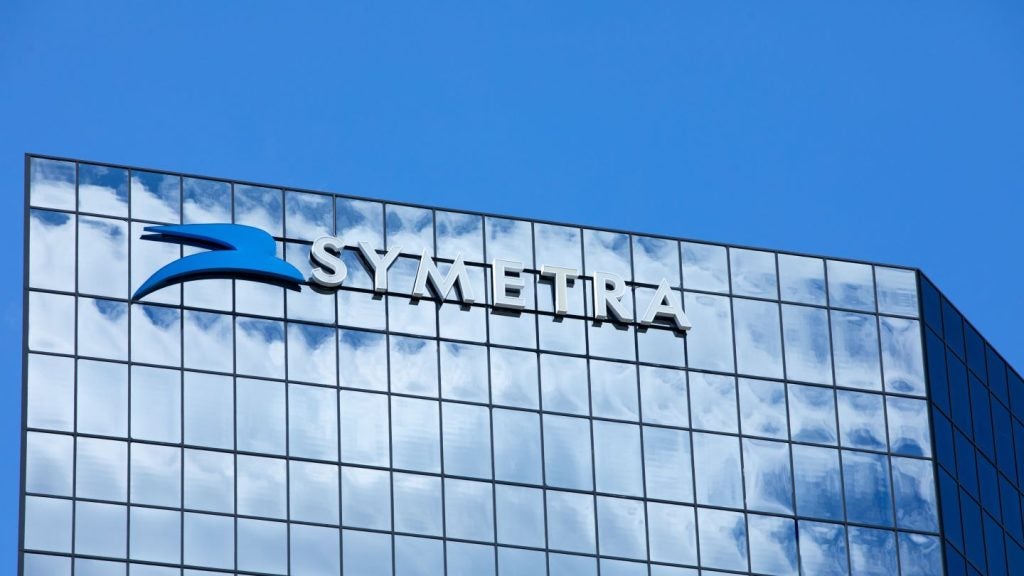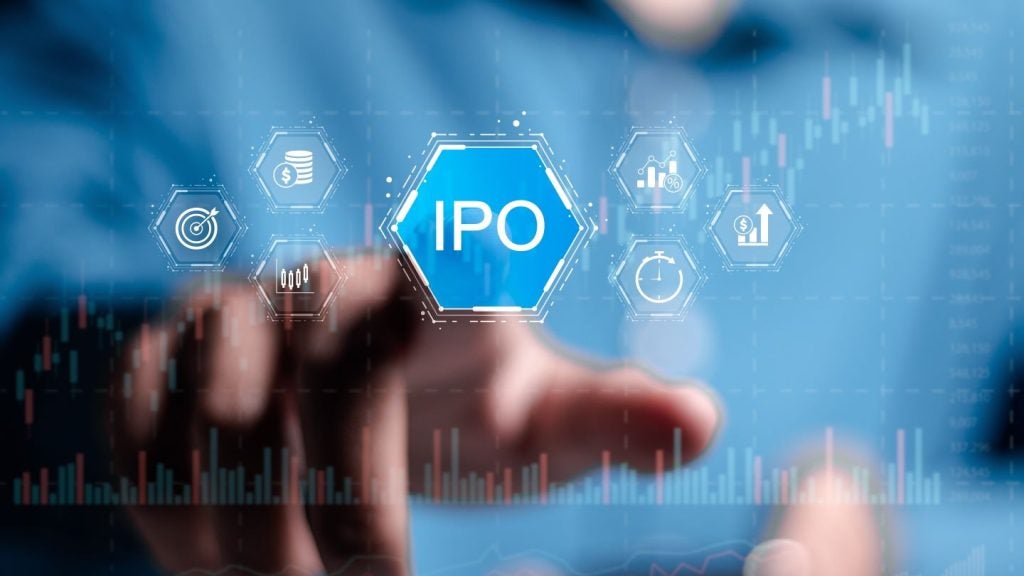Retirement Planning: Technology Trends
Many of the retirement products and services currently available in the marketplace are no longer fit for purpose. As digitisation drives disaggregation in value chains, a variety of new providers with different business models are encroaching on the retirement planning space.
Technology Trends
Listed below are the key technology trends impacting the retirement theme, as identified by GlobalData.
Enabling more secure aggregation with enhanced user experience
A consolidated picture of users’ financial information is particularly important in the pension/retirement planning context. Firstly, because so many people have multiple pension pots from different providers. Secondly, because retirement planning means looking at the totality of a customers’ financial life to have an integrated conversation around how different products hang together to achieve financial goals. Application programming interfaces (APIs) enable more secure aggregation with an enhanced user experience.
Democratising access to retirement savings and trying to make it fun
Micro-investing apps such as Robinhood, Stash, and Acorns are bringing that accessible, gateway investing experience to retirement savings. Acorns’ retirement account, Acorns Later, is equivalent to an Individual Retirement Account (IRA). It lets users round up each of their transactions and puts the difference into a retirement fund. In China, related innovations include Yu’e Bao, which uses funds deposited in Alipay e-wallets to invest in money market funds.
Game techniques incentivise users to deepen their understanding of their needs and potential products. Santander’s robo-advisor, Digital Investment Adviser, entices customers to populate its financial goals section in return for points. Wealthbase, an online trading app, offers a virtual stock trading simulator.
In a hybrid context, firms like Melius offer gamified lead generation. Prospective clients complete a questionnaire on financial health, which is translated into a peer-benchmarked financial wellness (Melius) score.

US Tariffs are shifting - will you react or anticipate?
Don’t let policy changes catch you off guard. Stay proactive with real-time data and expert analysis.
By GlobalDataUsing intuitive augmented reality (AR) and virtual reality (VR) visuals to enhance planning discussions
VR can provide an immersive experience for clients to explore and simulate life cycles through retirement in order to emphasise all aspects of wealth management. Clients can visualise “what if?” scenarios, exploring the impact of different products and time horizons on different needs, and see clearly the trade-off between different retirement goals.
AR can play the role of an enhanced self-service channel, providing more comprehensive education around investing. This is of particular importance for novice investors. TD Ameritrade has done lots of work here, using virtual trading labs as part of its investor education module. Fidelity Labs, the tech incubator of Fidelity, explored the use of AR/VR to explain investments for millennials.
A greater diversity of provider types automating pension enrolment and management
Most people’s experience of pensions is a lengthy manual enrolment procedure, followed by annual statements with charts and graphs. Any digital access is rarely more than a portal to upload documents or view annual data. This makes it difficult for mass market customers in particular to engage and understand pensions and how they fit into their financial lives.
Pension funds are launching their own robo-advisors – such as Equip MyMoney from Australian superannuation fund Equip – in order to address this problem. B2B providers such as Smart Pension have built online platforms that they white label to employers to manage enrolment and savings.
The cost advantages of digital-only providers enable highly segmented propositions. Ellevest is a women-focused robo-advisor. Women statistically retire with lower retirement savings than men, which represents a clear unsolved consumer problem. As planning becomes more digitised, employers may be more inclined to white-label banking-as-a-service capabilities.
Using algorithms to bring deep personalisation to financial planning
“Retirement” arguably defies one-size-fits-all product and service provision more than any other financial product. It means so many different things to different people. As such, Artificial Intelligence (AI) promises limitless applications in helping understand those needs and wants and translating them into suitable products and services.
One example is algorithms that analyse spending behaviour to detect retirement gaps or current portfolio structures to suggest where a portfolio extension shows strong potential. A key distinction of AI-enabled algorithms is that the algorithm learns and improves over time.
Within so-called meta models, these techniques can be used to optimise “next best offer.” Fincite, for example, measures how many customers convert after a given piece of advice is issued to ensure each customer gets the best advice.
Incumbents deliberately pushing lower-value clients to digital with limited functionality
Some incumbent providers are deliberately pushing lower-value clients to digital channels as a cost reduction exercise. As cost of acquisition goes up, it gets more difficult. If one likens it to the online brokerage market, which has all moved to zero-fee trading, it creates a race to the bottom.
Many new entrants in this area are focused on the acquisition phase, helping users save. But the transition from acquisition to divesting is the most complicated part of someone’s journey and is much harder than ploughing money into the market on a monthly basis.
The challenge is that the transition is the most profitable part of the process, and new entrants haven’t worked out how to do that yet. Incumbents recognise this. Fidelity views the accumulation phase as a way of gathering clients for the more high-value business of transitioning to retirement. It runs Fidelity Group Retirement at breakeven or marginal loss.
Also, many of these providers deliberately don’t give inexperienced investors too much functionality as it enables emotional reactions, like selling off when the market goes bad, which studies suggest makes most users worse off.
Enabling hybrid advisory experiences with an ecosystems approach
Meanwhile, as digital tools become more important across various parts of the retirement value chain, providers are building an interoperability layer (i.e. system of APIs) on top of traditional core banking platforms so they can launch pieces of retirement planning, whether an onboarding module, or portfolio allocation, or to pull in KYC as a service or aggregation as a service.
This emancipates the bank’s individual advisors to create their own distinct subsystem of advisory tools to enhance their business, but also allows incumbents to white label these tools to independent firms, with Deutsche Bank’s WISE (White Label Investment Software Engine) among the first to do this back in 2017.
This is an edited extract from the Retirement Planning – Thematic Research report produced by GlobalData Thematic Research.








